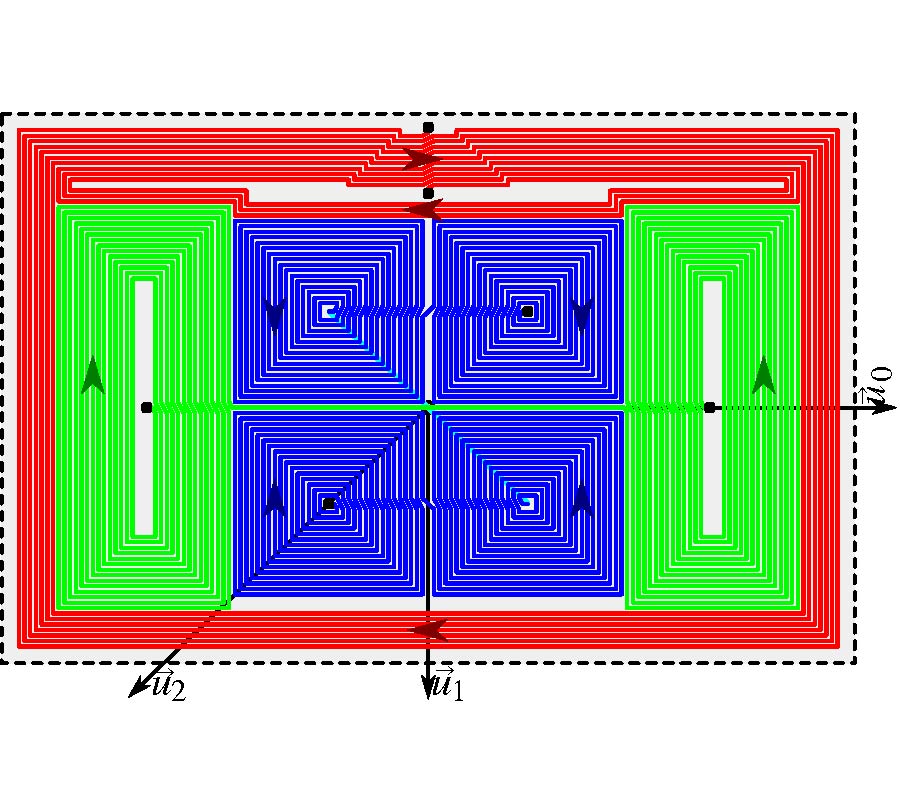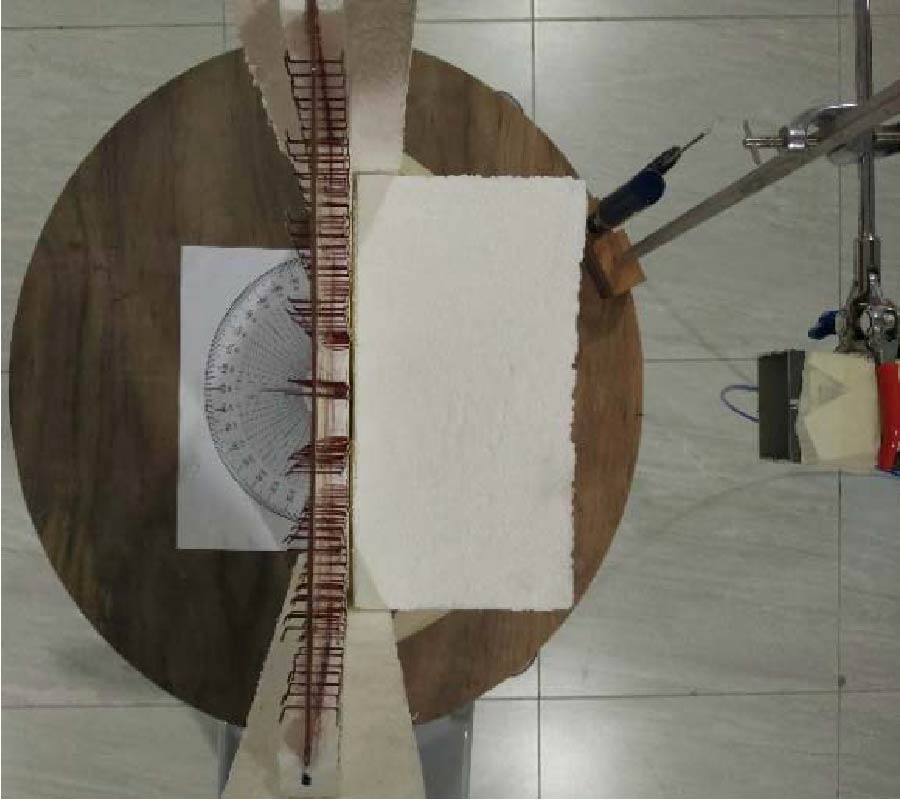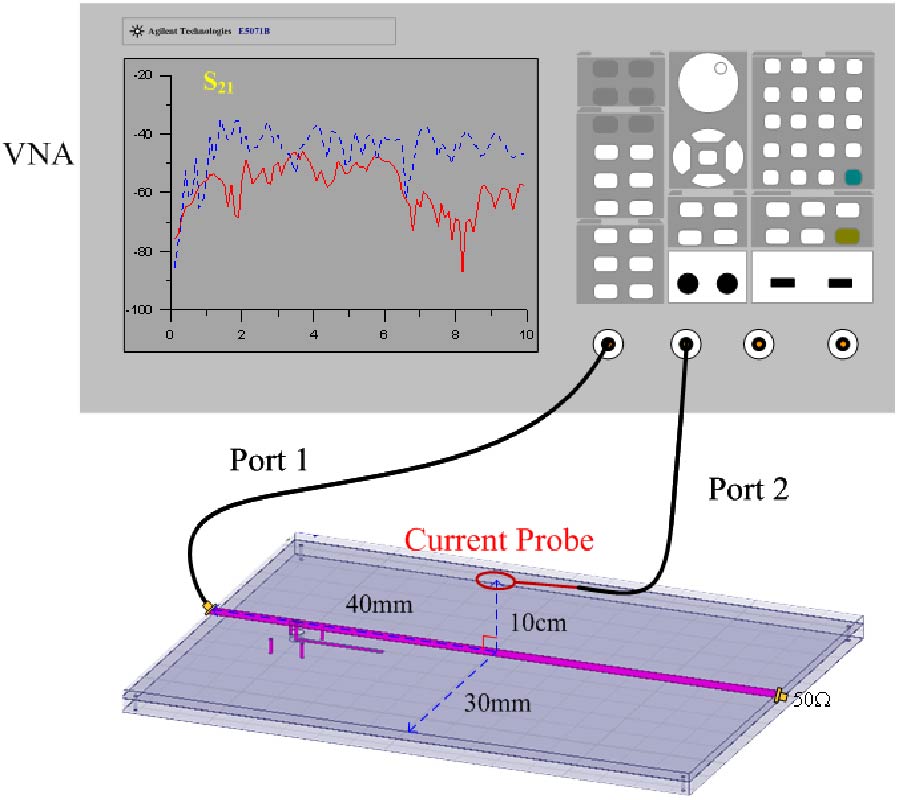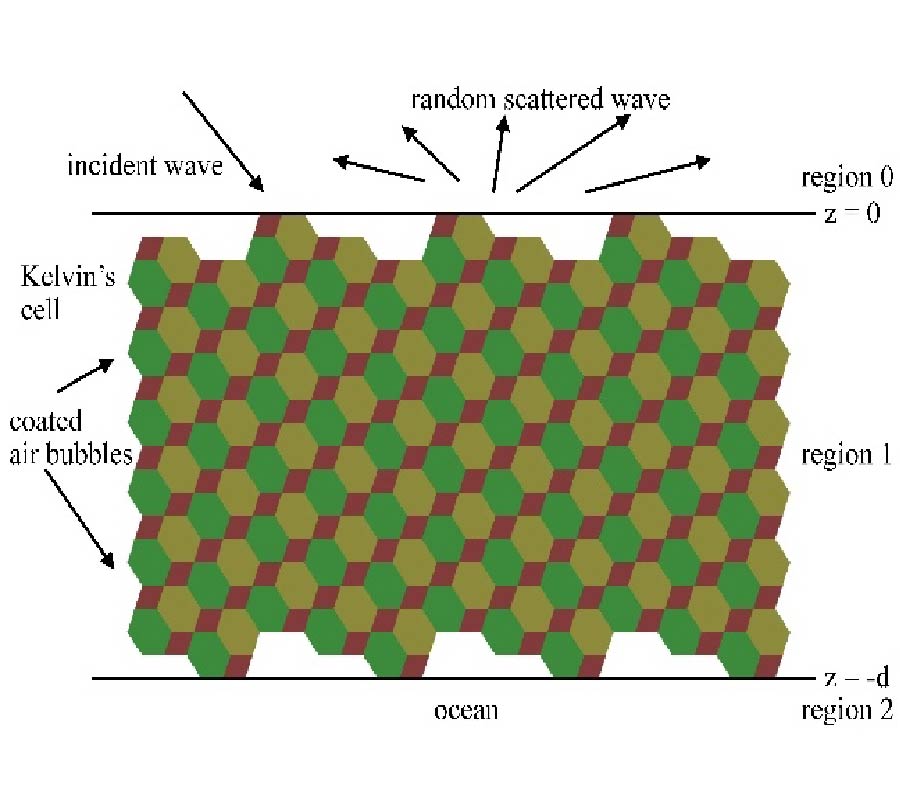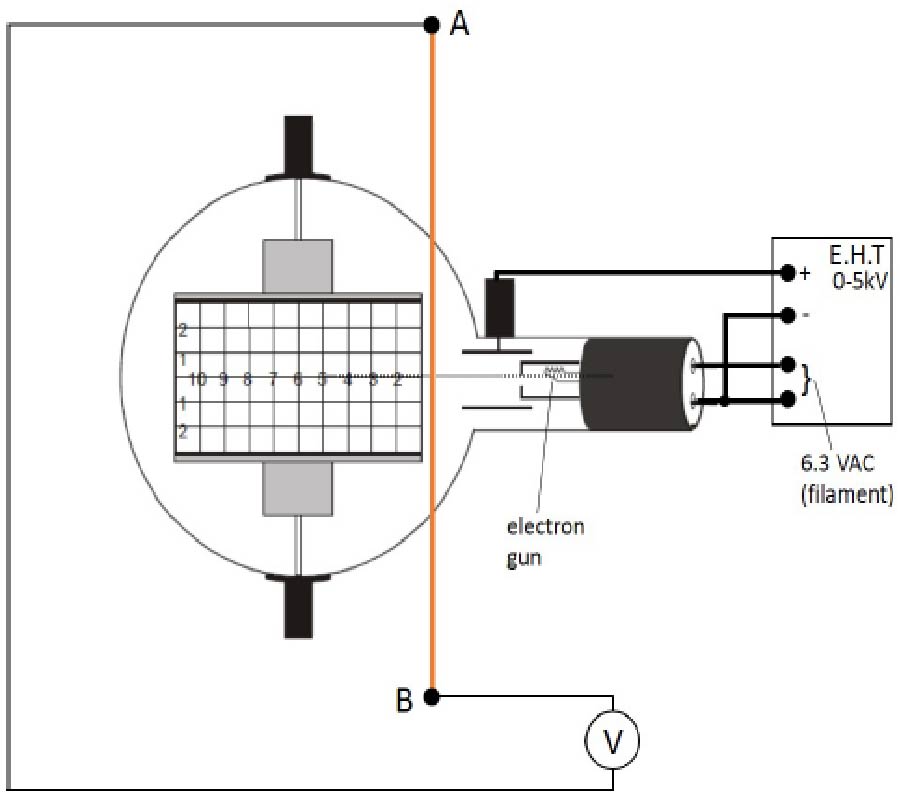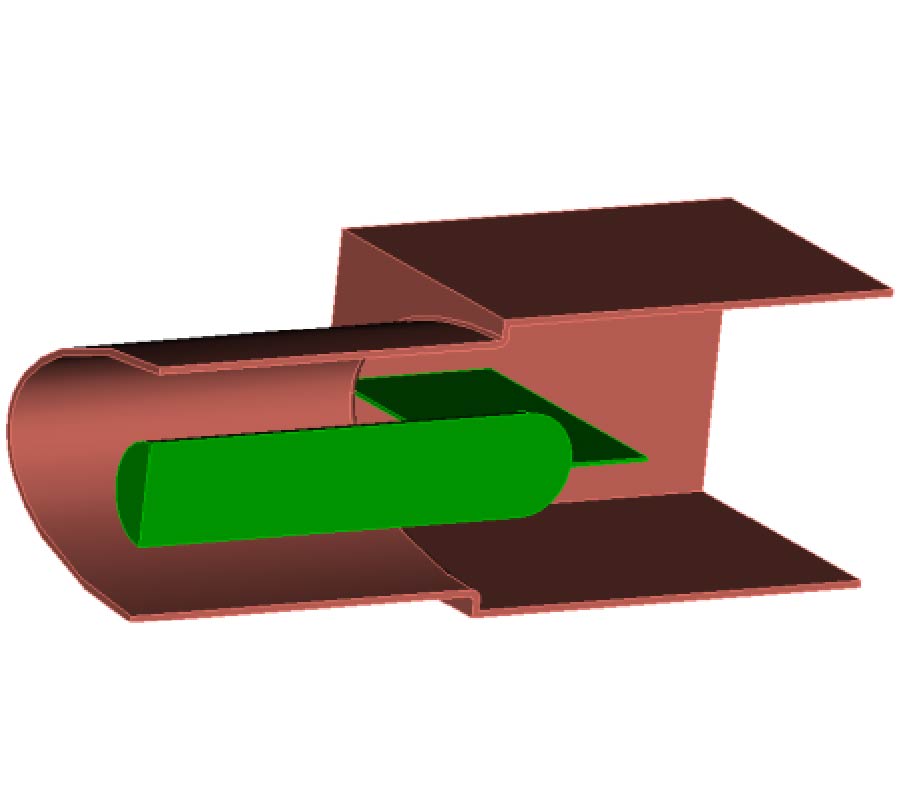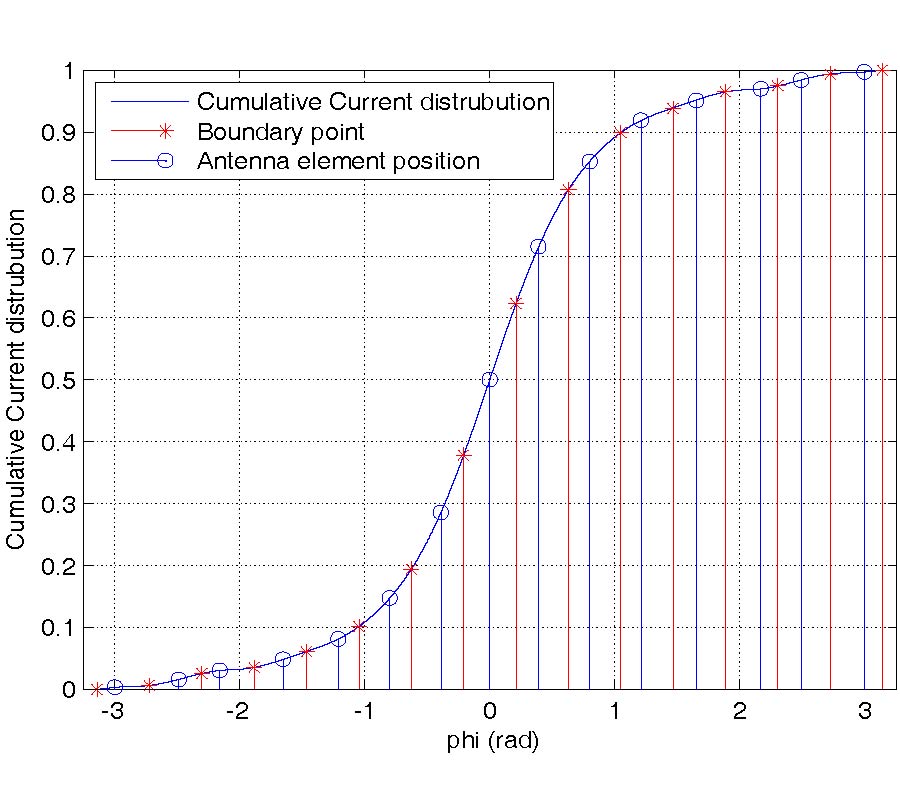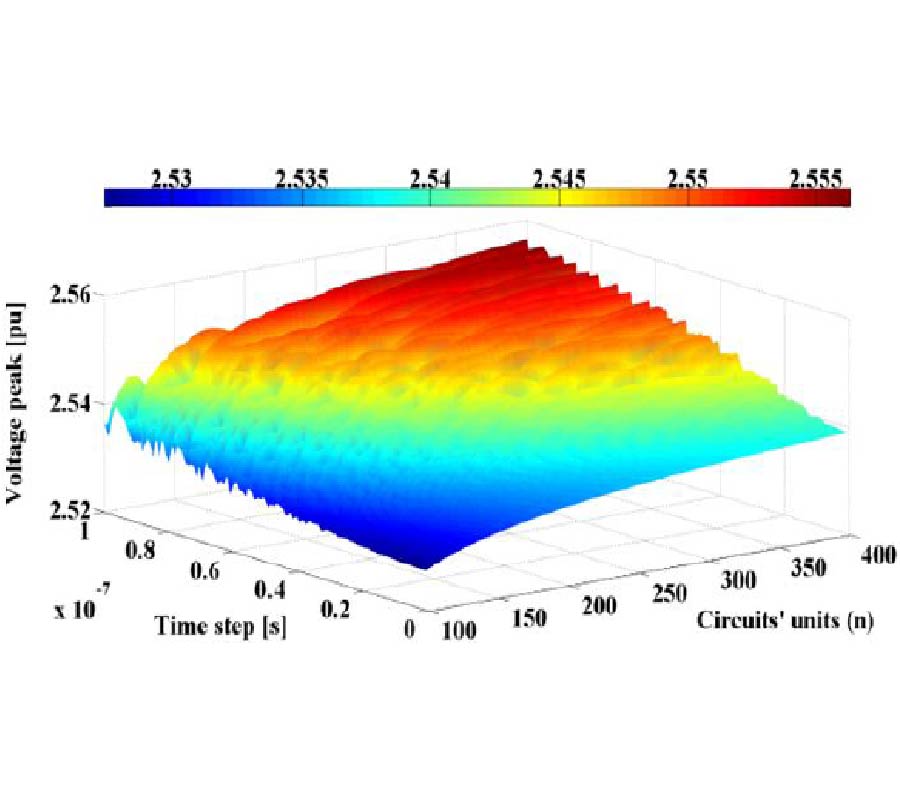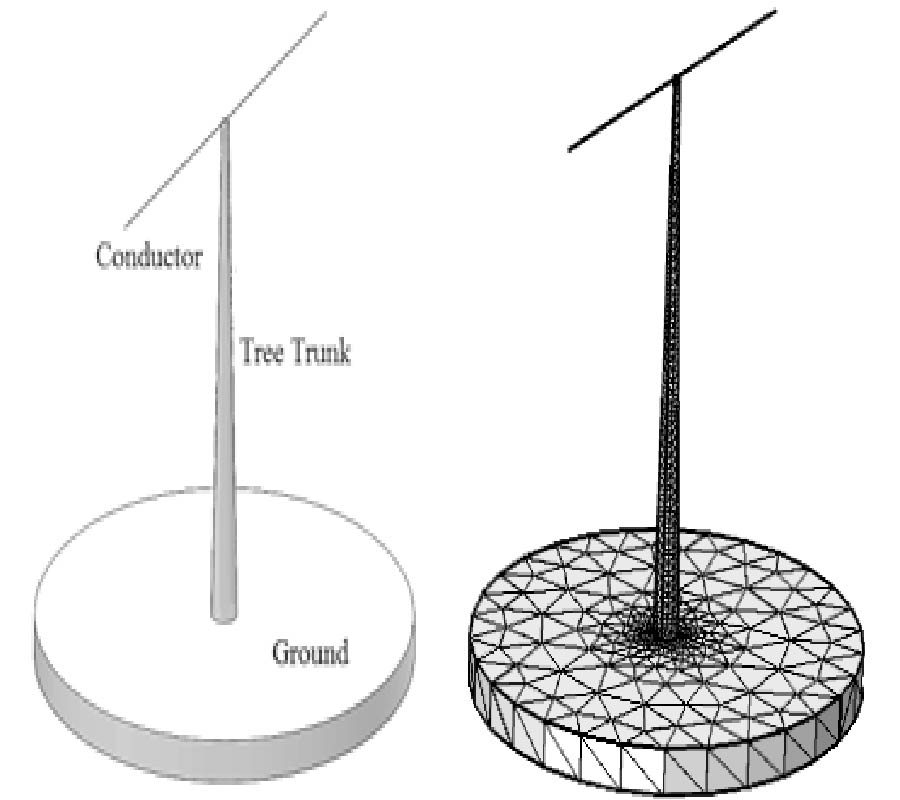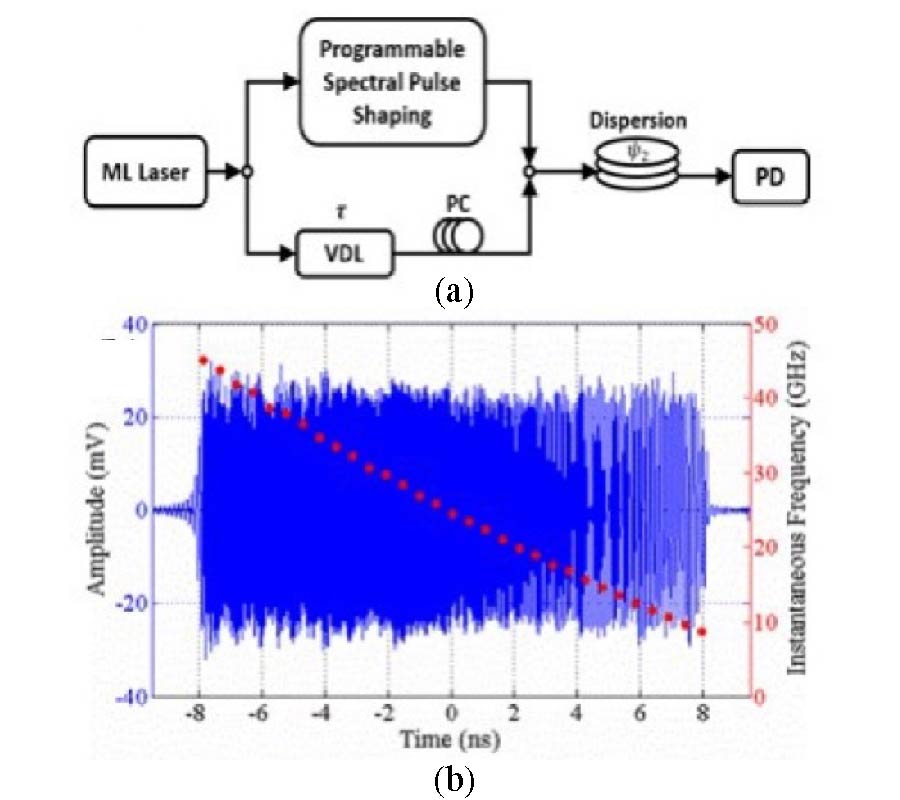Influences of Damping Resistances on Transient Simulations in Transmission Lines
Afonso Jose do Prado,
Ketholyn Jaqueline Bespalhulk,
Bruno Franca Da Silva,
Kassyele Oliveira Conceicao,
Marinez Cargnin-Stieler,
Elmer Mateus Gennaro and
Jose Pissolato Filho
Simulations of electromagnetic transients in transmission lines can be carried out using simple circuit model. In the case of applications of simple circuit models based on π circuits, there are problems mainly caused by numeric oscillations. The lumped-parameter π equivalent model can be used with some advantages. The numeric integration method applied to the simulations of electromagnetic transients is the trapezoidal rule. If this numeric method is associated to the π equivalent model, results obtained from the simulations are distorted by Gibbs' oscillations or numeric ones. The introduction of damping resistance parallel to the series RL branch of the π equivalent model can mitigate Gibbs' oscillations in obtained results. Voltage peaks caused by these oscillations can also be decreased. So, in this paper, the combined influences of the introduction of damping resistance, the number of π circuits and the time step are investigated searching for minimizing Gibbs' oscillations and the voltage peaks in electromagnetic transient simulations. For this, transient simulations are exhaustively carried out for determining the highest voltage peaks, ranges of damping resistances and other parameters of the model, which minimize these voltage peaks caused by Gibbs' oscillations.
